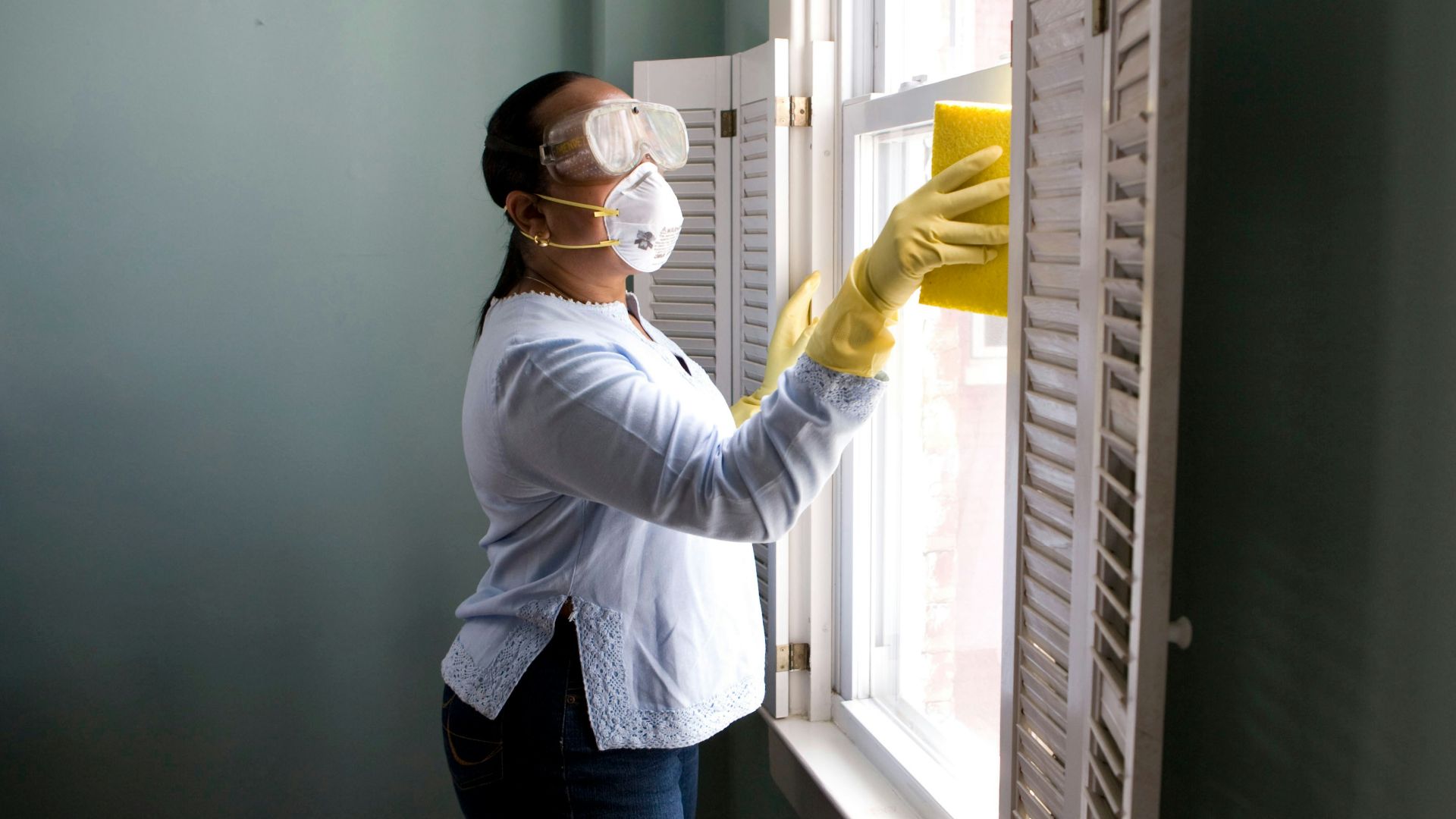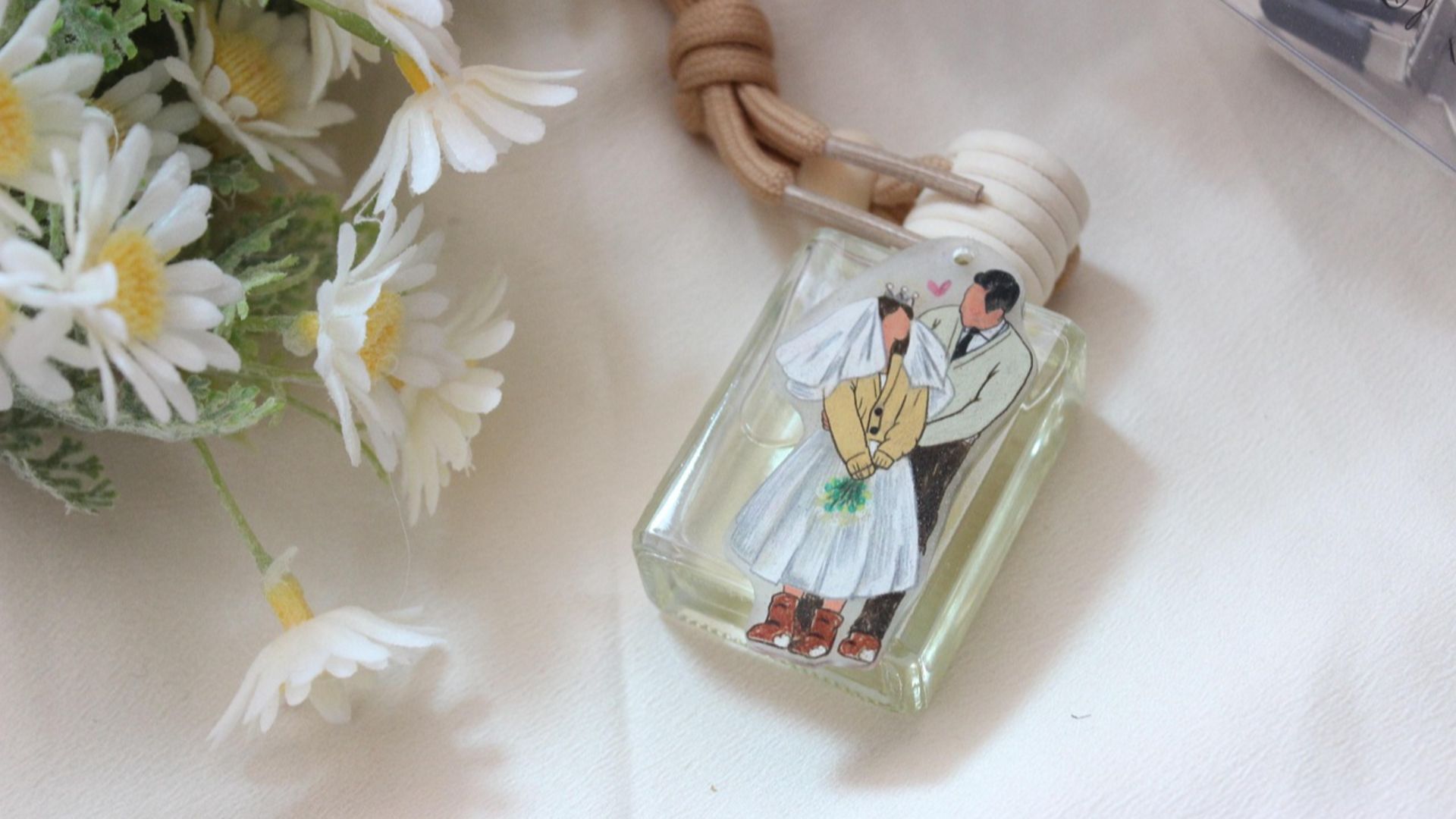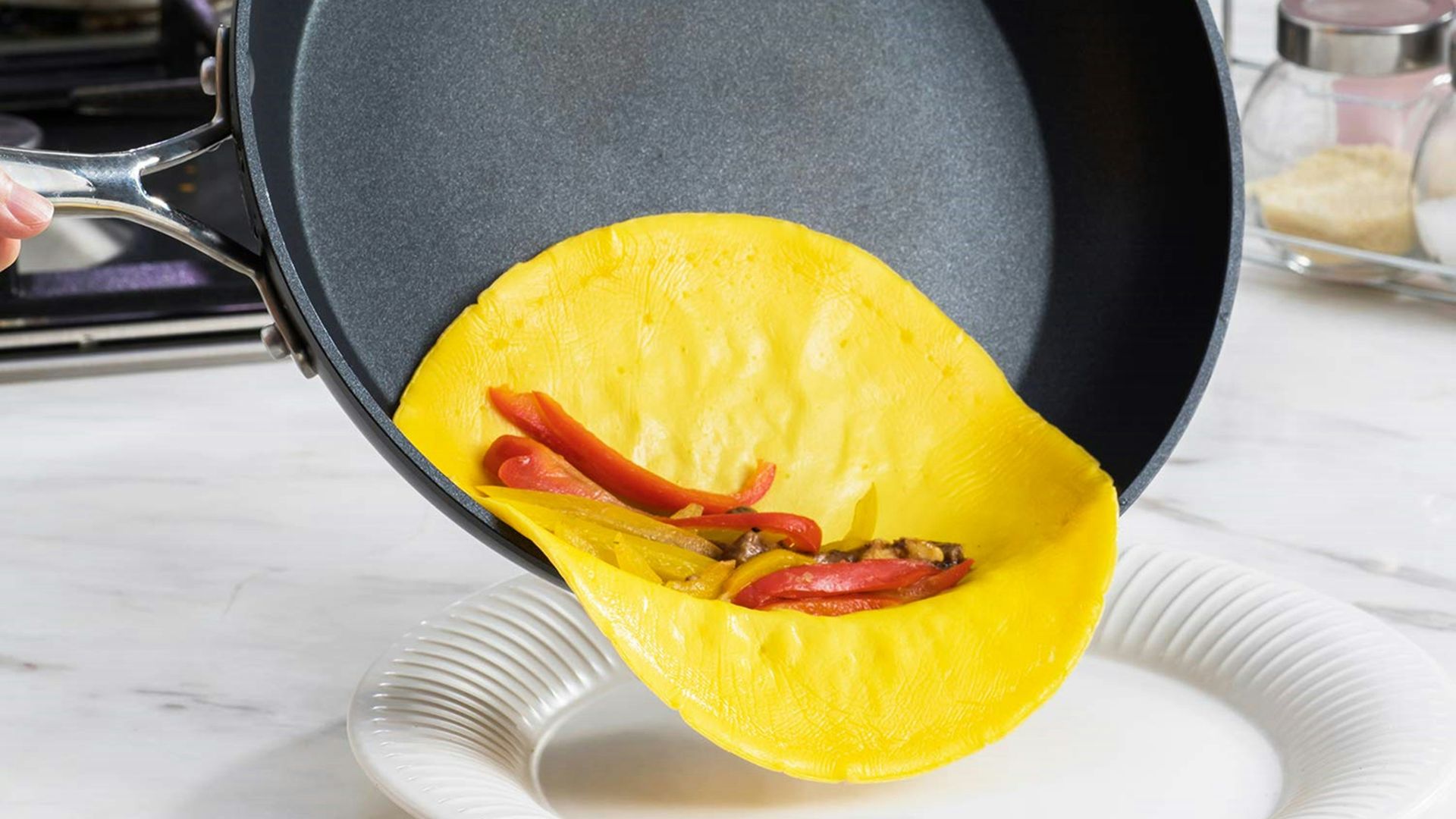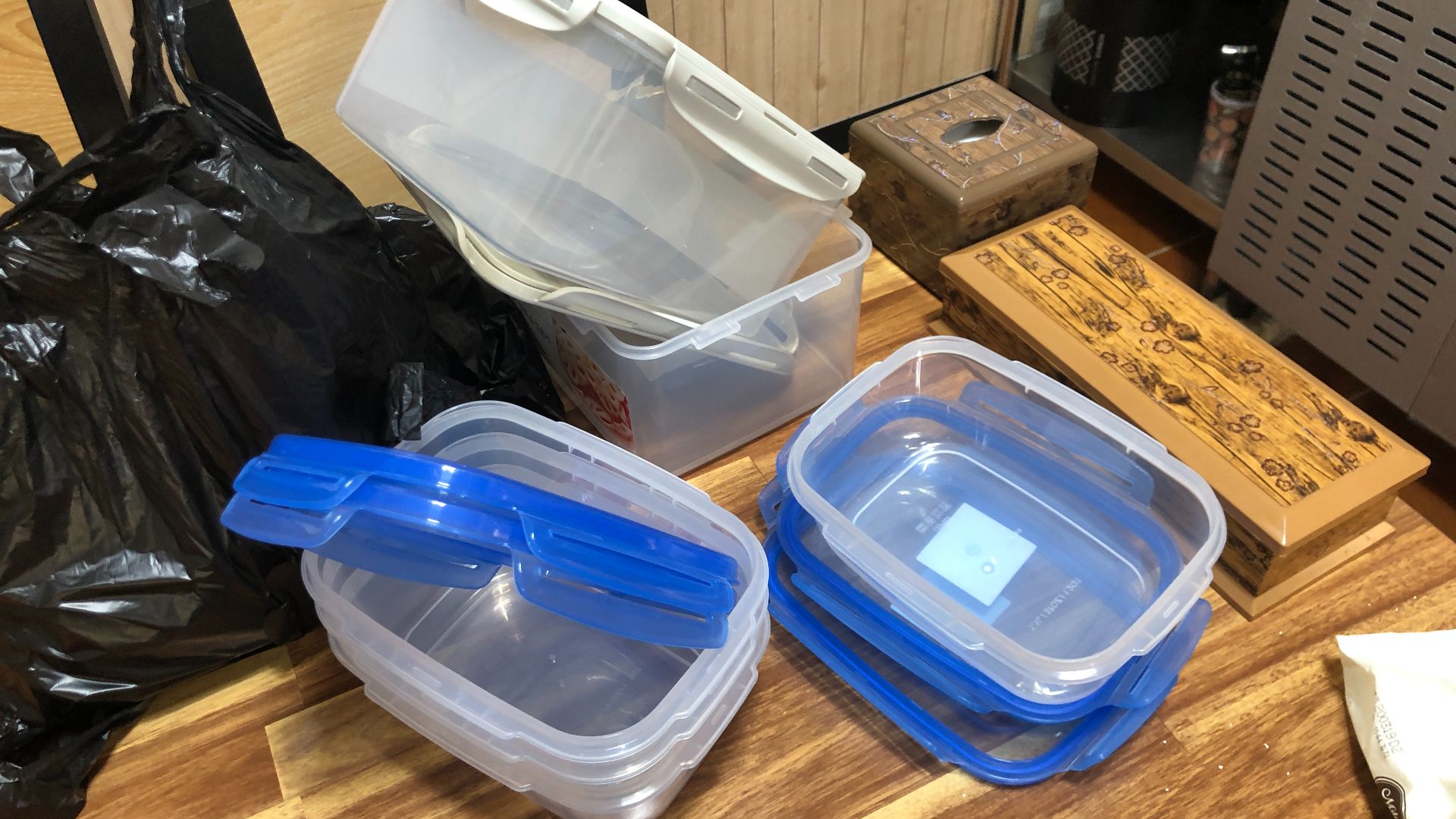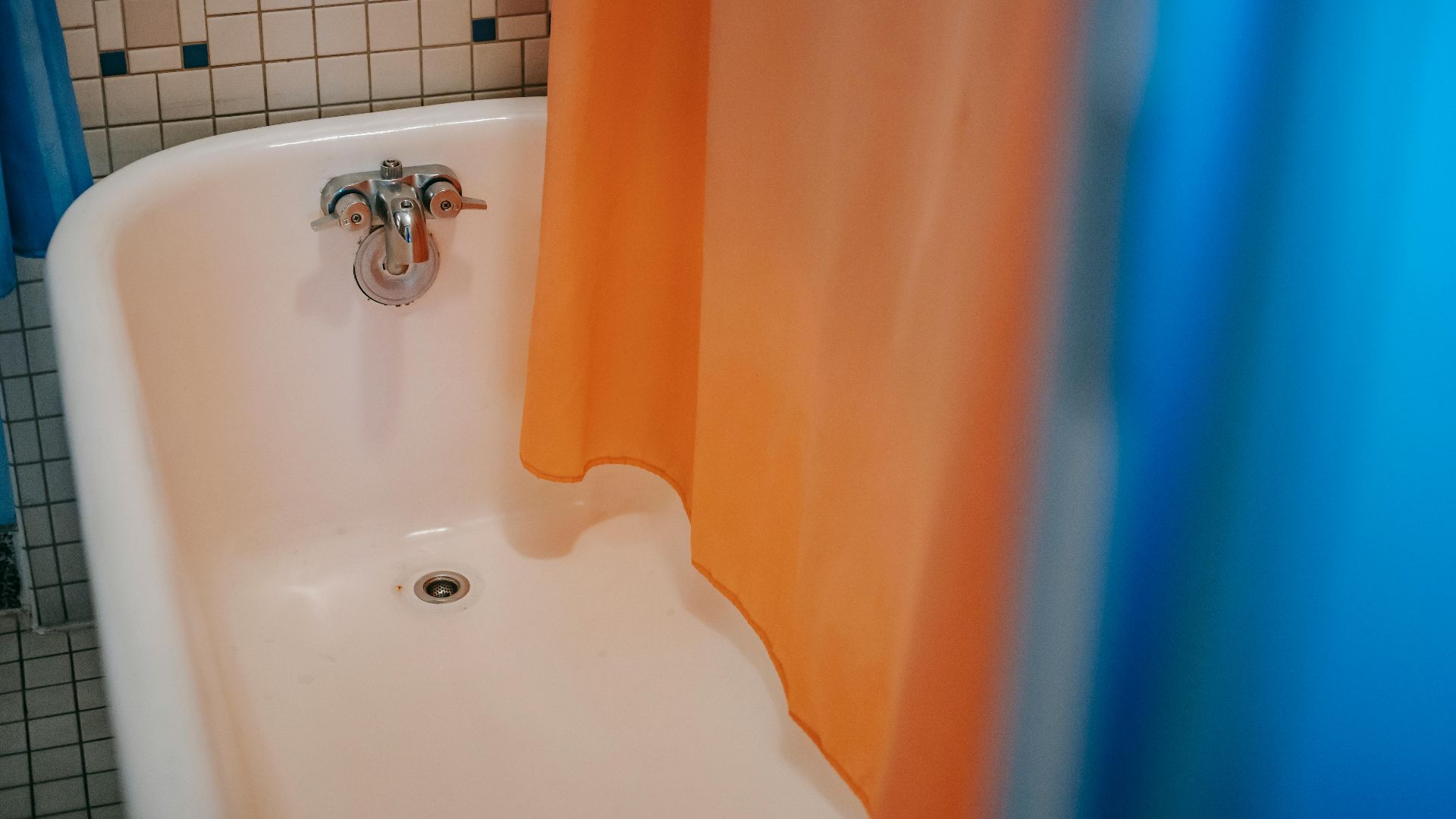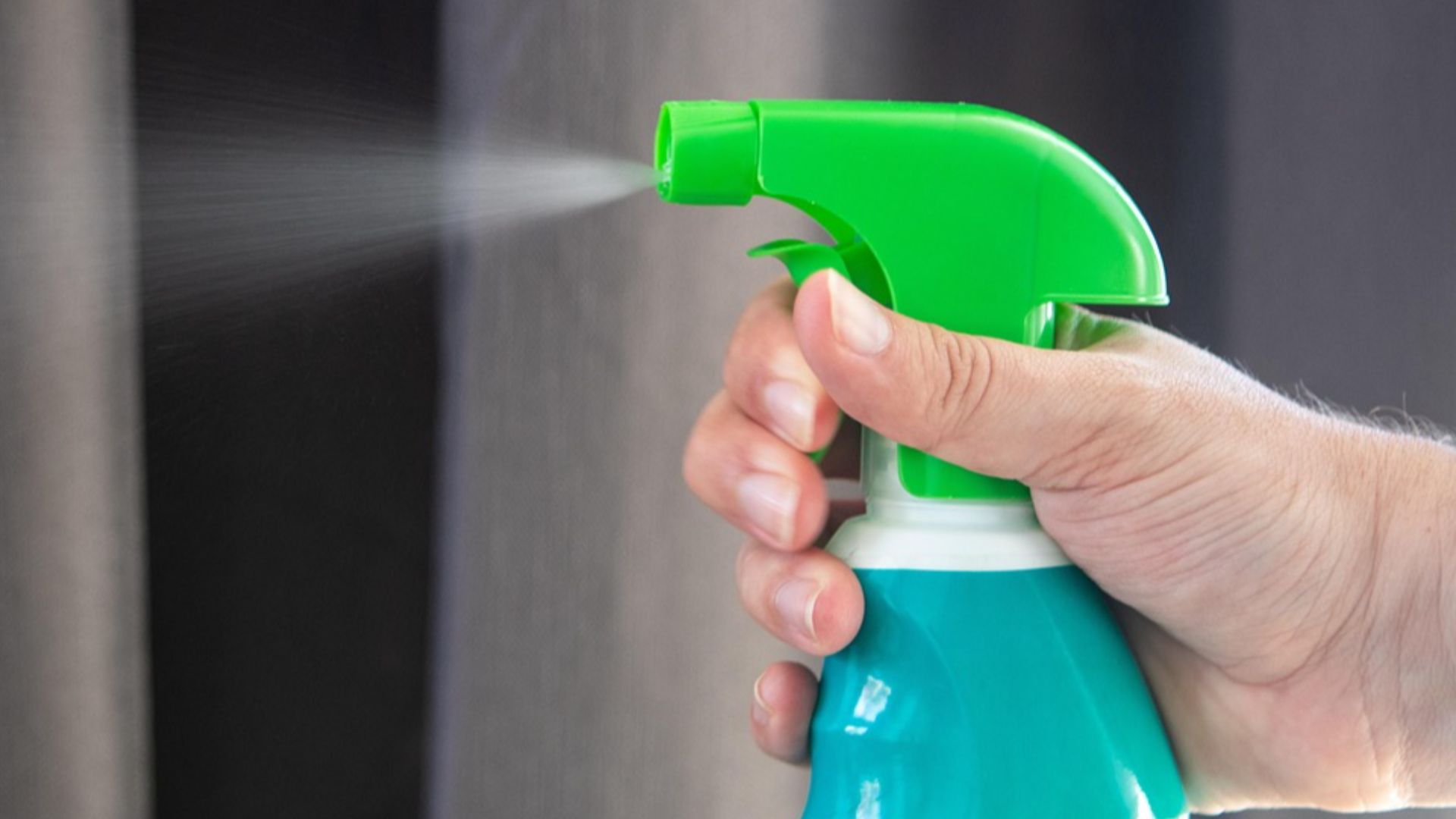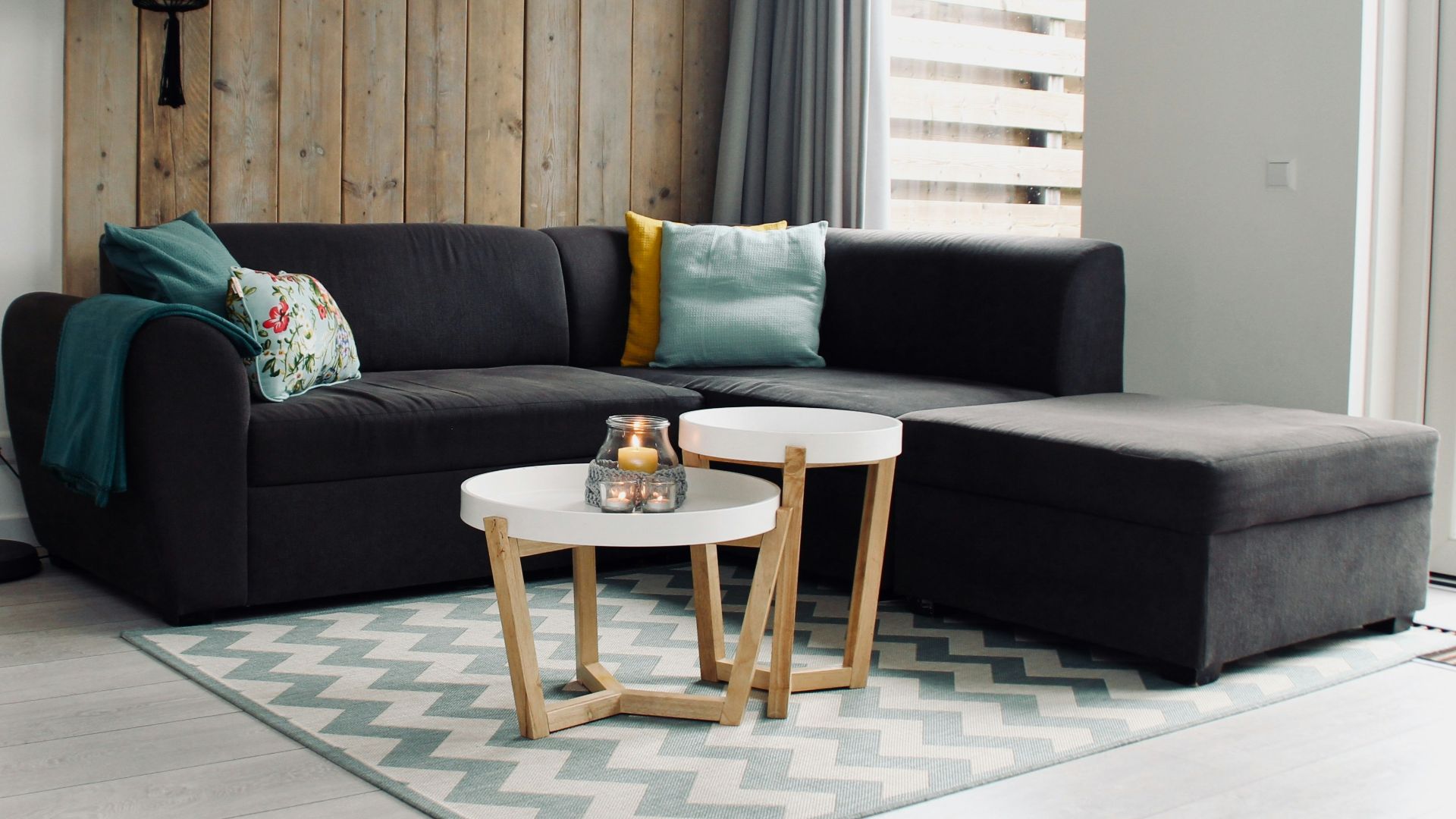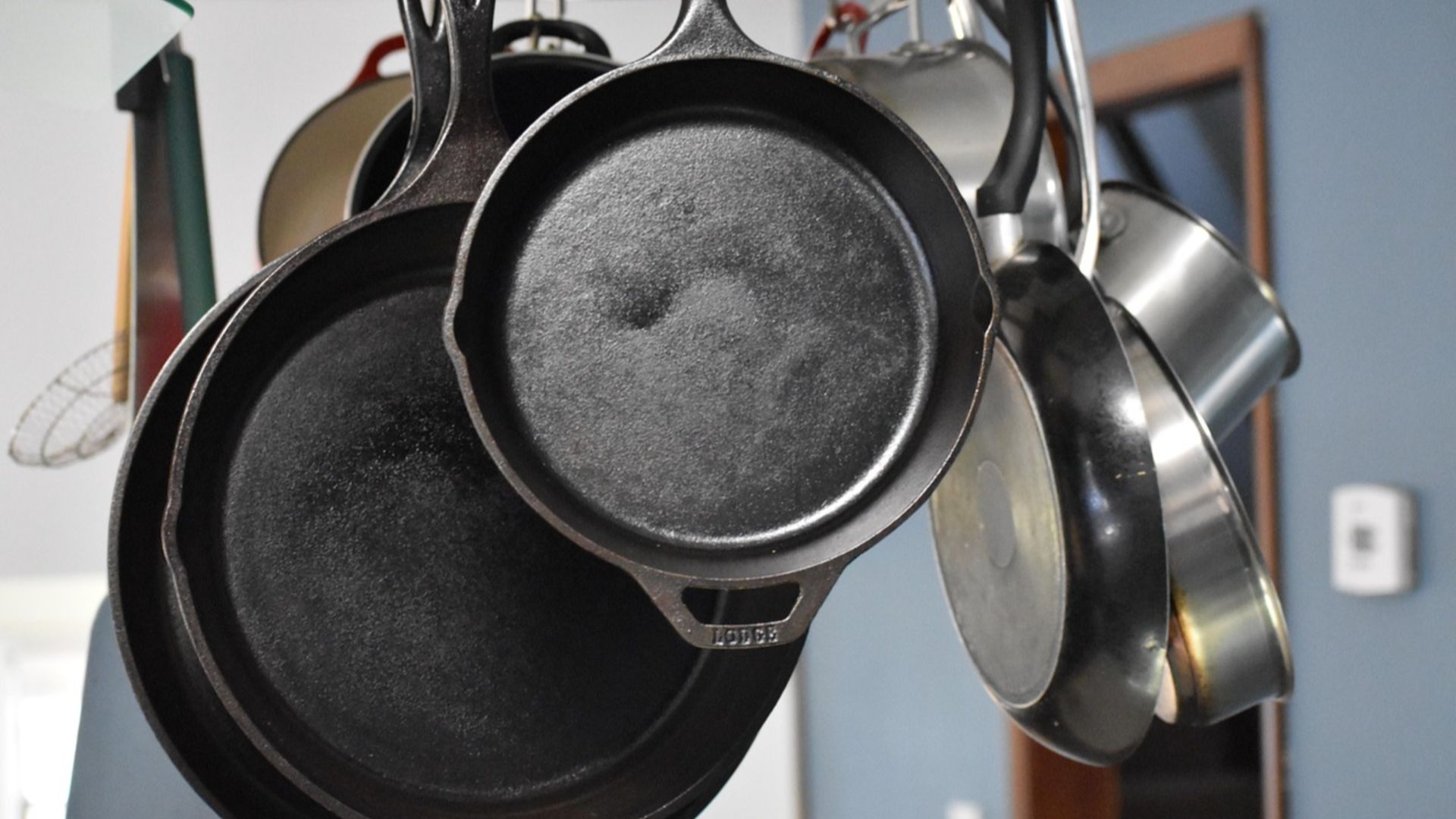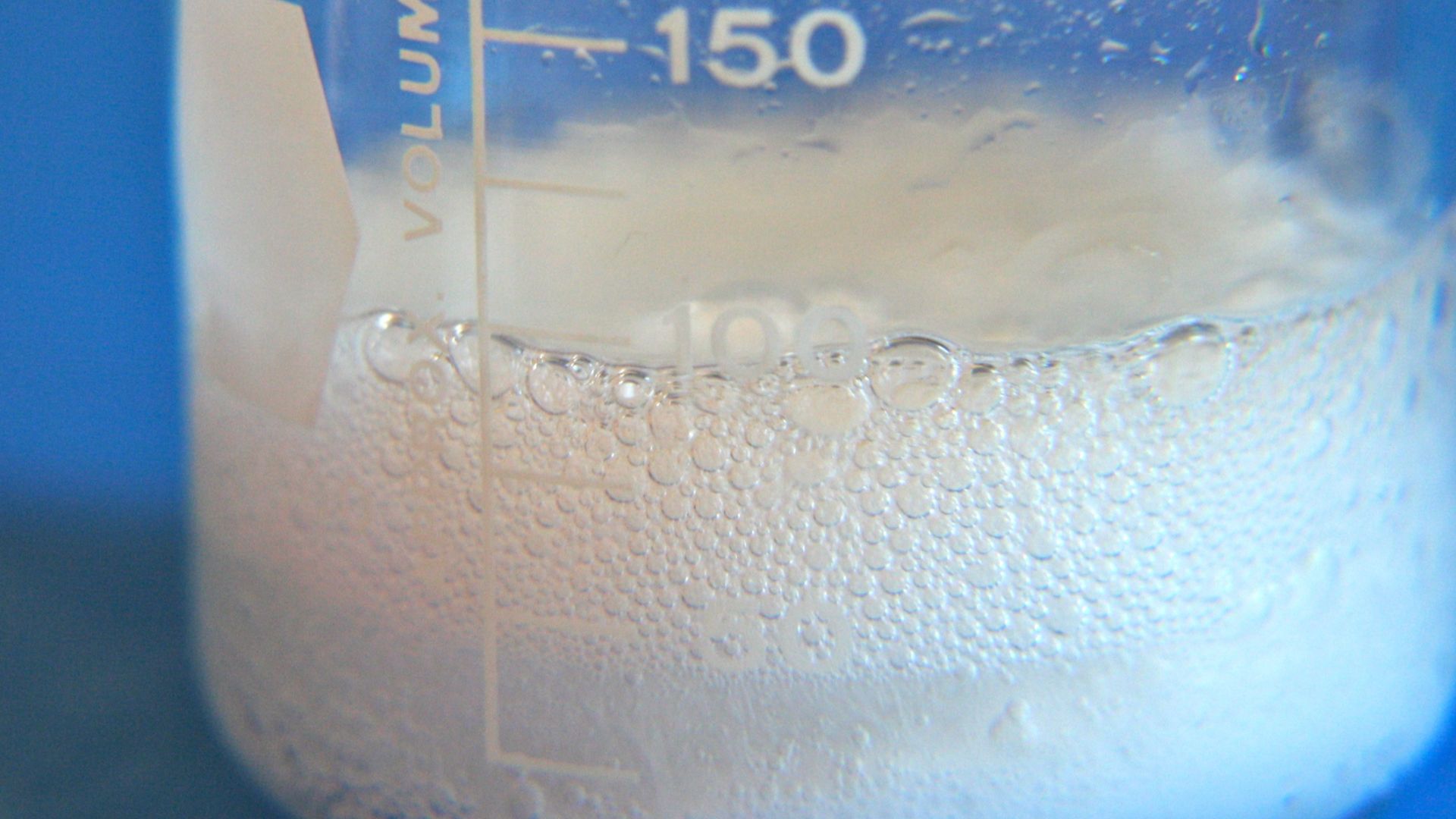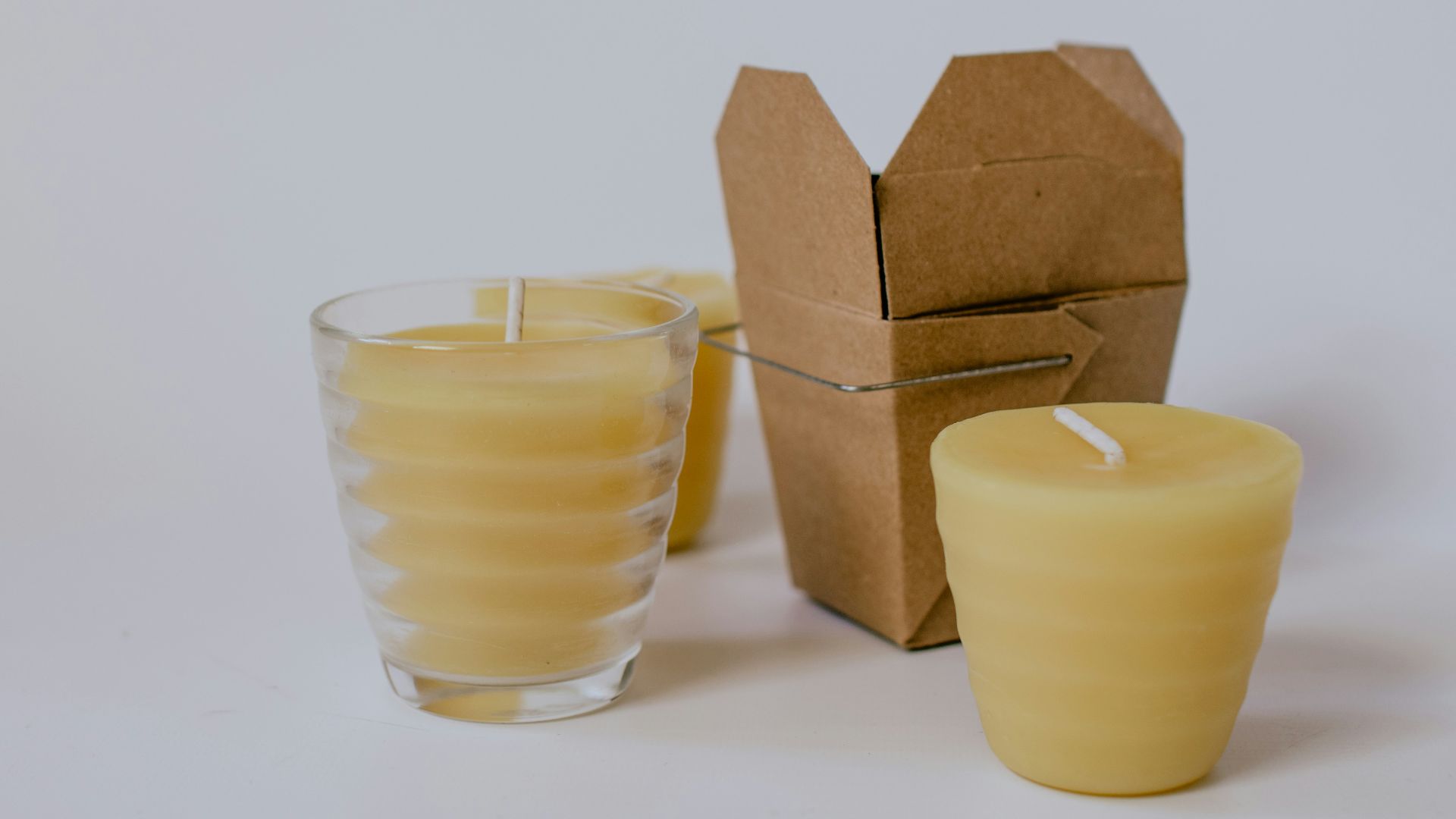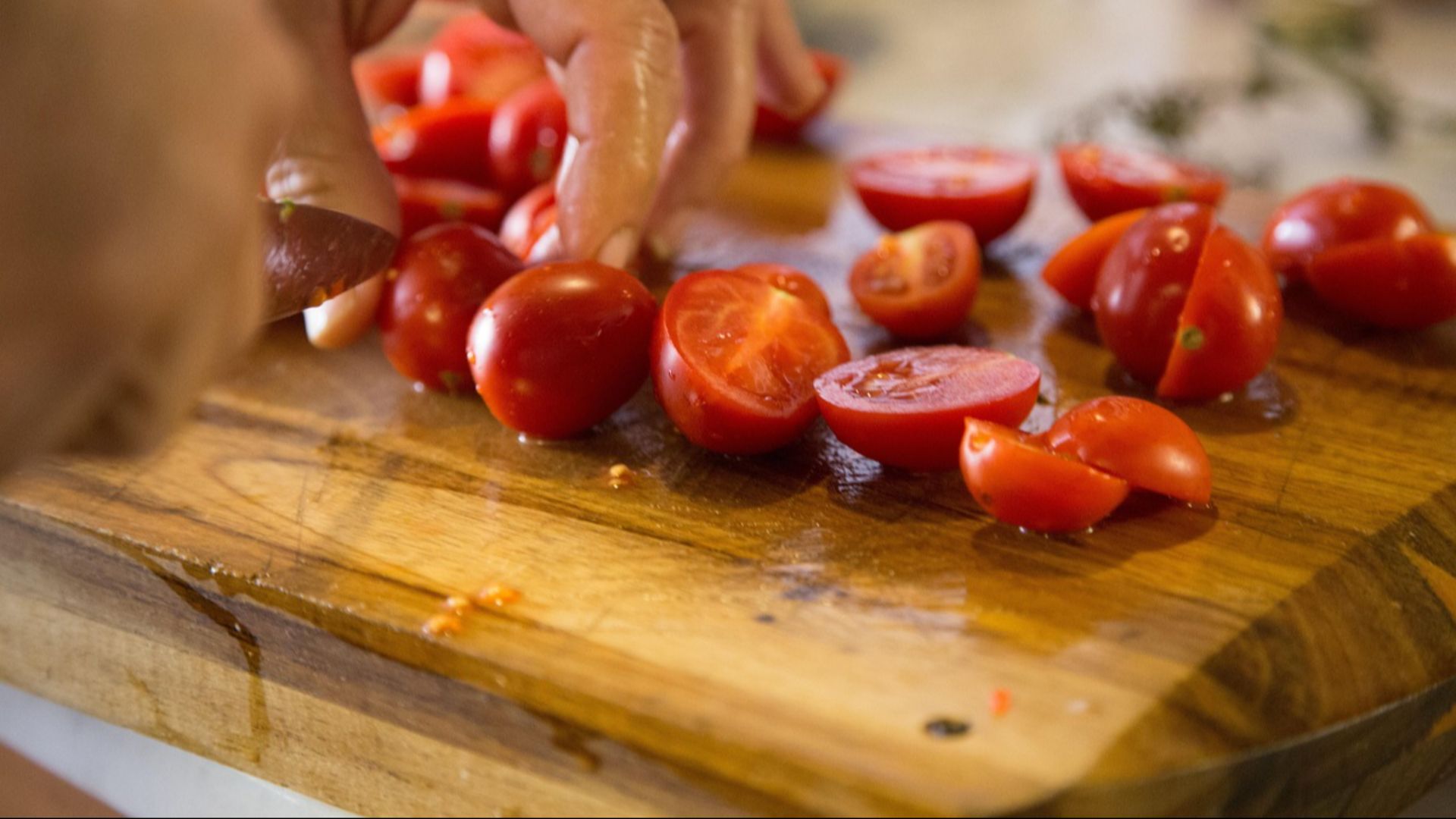Startling Truths Lurking Within Your Cupboard
Small changes often make the biggest difference. Even if it's not obvious at first, many regular household items can be bad for your health. If you haven't done your due diligence in the past, it’s time to take a closer look. Swapping even one item can improve your long-term health in a major way. Let’s explore what should go and what you can replace it with.
1. Air Fresheners
They smell like ocean breeze or vanilla sugar, but don’t let the charm fool you. Many air fresheners are loaded with phthalates, which have been linked to hormone disruption. A 2007 NRDC study found phthalates in 12 out of 14 tested products.
2. Nonstick Cookware
Polytetrafluoroethylene, the chemical used in traditional nonstick pans, releases toxic fumes when overheated. Exposure can trigger flu-like symptoms known as “Teflon flu.” Moreover, perfluorooctanoic acid is a suspected carcinogen. The risks build quietly with repeated use and high temperatures.
3. Plastic Food Containers
Microwaving leftovers in plastic might feel harmless until you consider what leaches into your food. Some containers release BPA or other endocrine-disrupting chemicals when heated. These compounds have been associated with reproductive issues and developmental problems.
4. Vinyl Shower Curtains
That new shower curtain probably has a smell, but it’s not the fresh, spa-like scent you expected. Vinyl curtains release volatile organic compounds (VOCs), which linger in the air. In fact, a 2008 study by the Center for Health, Environment & Justice found that vinyl shower curtains release over 100 chemicals into the air.
5. Chemical Cleaning Sprays
A clean counter shouldn’t come with a side of lung damage. Researchers in Norway found that long-term use of cleaning sprays may be as harmful to lung function as smoking a pack a day. Many contain ammonia and synthetic fragrances, all of which can aggravate asthma and skin.
6. Flameproof Furniture
The couch you love for movie nights might be laced with flameproof chemicals known as PBDEs. These chemicals accumulate in dust and settle into your body over time. They've been linked to thyroid disruption and developmental delays. Even “safety” features can quietly create new health concerns.
7. Synthetic Scented Candles
It feels cozy, right? A candle flickers on the counter while dinner simmers. However, paraffin wax (often found in scented candles) releases benzene and toluene, which are both linked to respiratory issues. Some wicks even contain trace metals.
8. Antibacterial Hand Soaps
Triclosan was restricted by the FDA in 2016 for good reason. It contributed to antibiotic resistance and messed with thyroid hormones. Yet, many “antibacterial” products still linger on shelves. The obsession with cleaning germs may be doing more harm than good.
9. Artificial Dryer Sheets
Artificial dryer sheets may smell like "fresh meadow," but they can be more harmful than they seem. Coated with chemicals like quaternary ammonium compounds, these sheets can irritate your skin and trigger asthma. While static cling might seem like the problem, it's really the chemicals in the air that could make you cough.
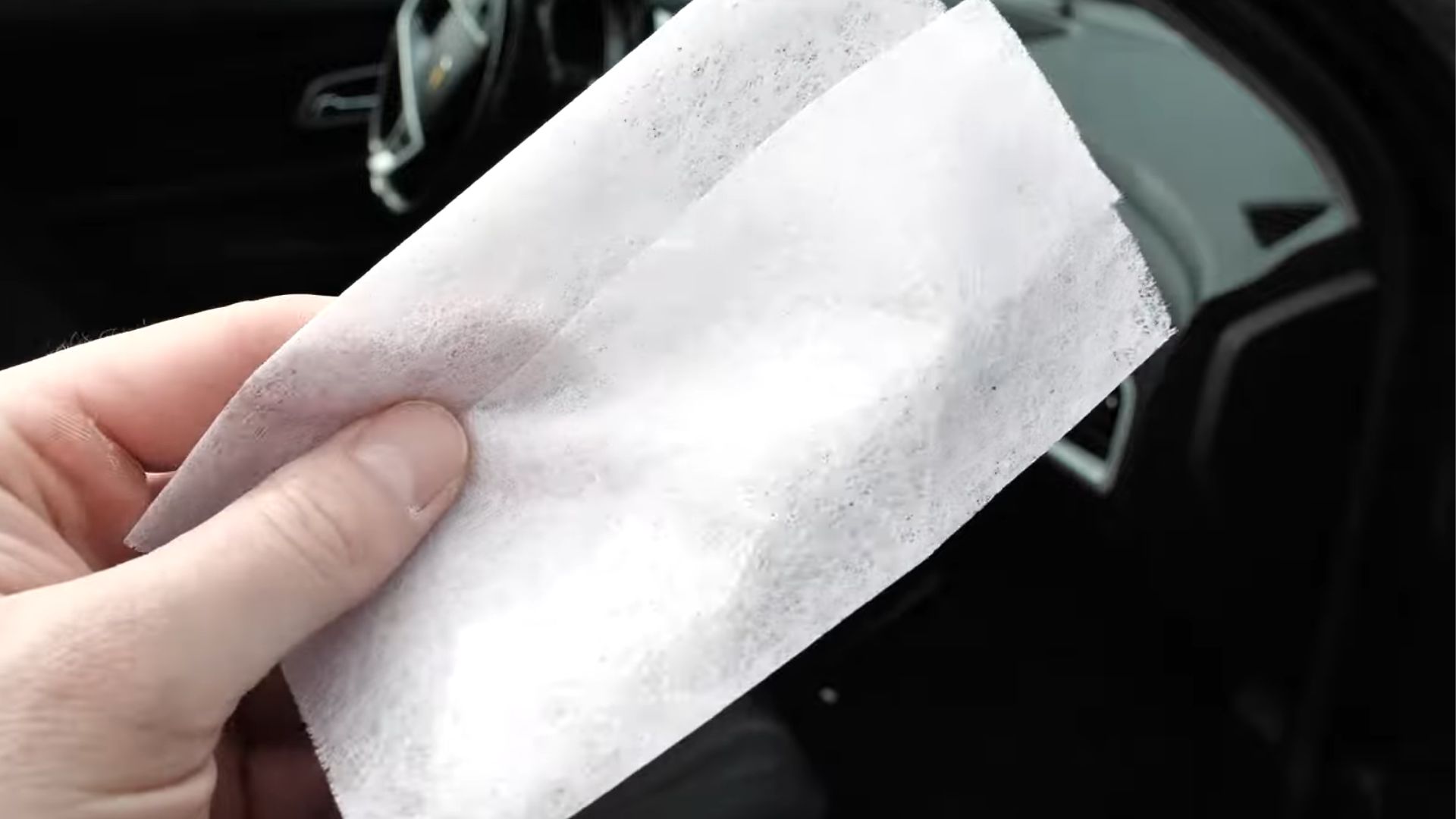 Home Hacks: Top 5 Alternative Uses for Dryer Sheets | FIX.com by Fix.com
Home Hacks: Top 5 Alternative Uses for Dryer Sheets | FIX.com by Fix.com
10. Plastic Cutting Boards
Each knife stroke on a plastic board can leave behind microgrooves that trap bacteria. Over time, they break down and release microplastics. These bits may find their way into your food and, eventually, your body. Durability doesn’t always equal safety when plastic wears down under pressure.
Not every household staple needs a warning label; some actually help your home feel safer. Here’s what to swap in for a cleaner space and peace of mind.
1. Natural Scent Diffusers
Essential oil diffusers skip the phthalates found in synthetic sprays, but they’re not entirely free of concern. A 2018 study found that many essential oils emit VOCs, which may affect air quality. While oils like lavender and eucalyptus can ease stress, they may trigger sensitivities. Hence, use in well-ventilated areas.
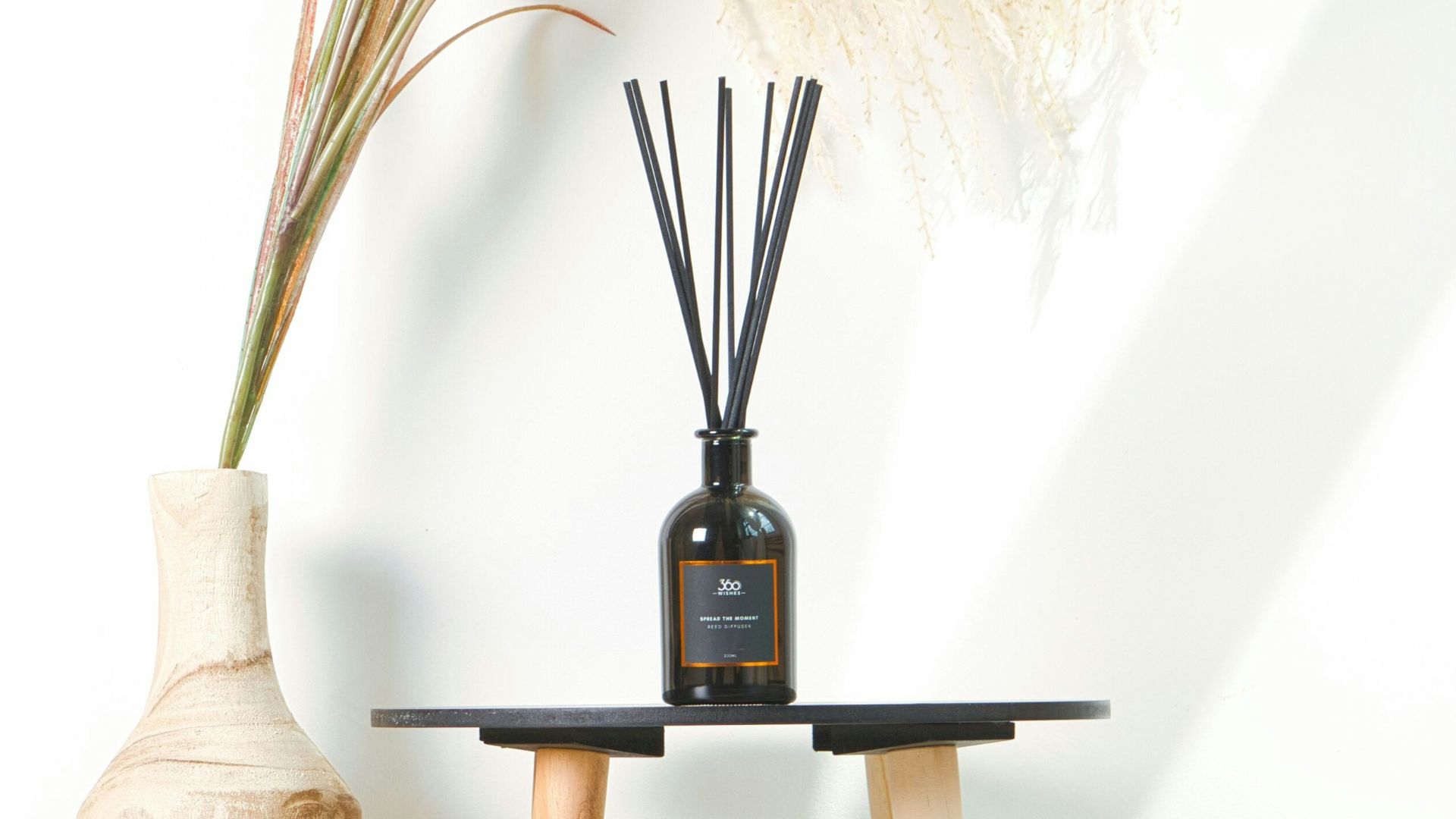 Mindaugas Norvilas on Unsplash
Mindaugas Norvilas on Unsplash
2. Cast Iron Alternatives
Cast iron pans offer a chemical-free way to cook that only gets better with use. Unlike nonstick coatings, seasoned iron develops its own slick surface over time. Plus, it can add a small but safe amount of dietary iron, something many people benefit from.
3. Glass Storage Jars
Nothing says “fresh leftovers,” like clear, clean glass containers. They don’t warp in the microwave or leach anything into your food. And unlike plastic, they never stain orange from spaghetti sauce. They’re also easier to clean and last longer, making the swap feel like an upgrade, not a chore.
4. Fabric Or PEVA Curtains
PEVA liners release fewer VOCs than PVC, but they’re not completely off the hook; some toxic compounds still linger. Fabric options like cotton or hemp are safer for long-term use, though they require regular washing to prevent mold. Just don't forget that damp doesn’t mean dirty.
5. Vinegar And Baking Soda
This classic combo scrubs away grime without the side effects of chemical sprays. Vinegar breaks down mineral deposits and grease, while baking soda deodorizes and lifts stains. It’s effective and won’t leave behind a synthetic fog. Even better, it’s safe for pets and kids to be around.
6. Organic Upholstery Options
Furniture made with untreated cotton or natural latex avoids the flame-resistant chemicals used in conventional pieces. These materials are breathable and biodegradable. When certified by organizations like GOTS or Greenguard, they also meet stringent emissions standards.
7. Beeswax Or Soy Candles
These candles offer the same cozy glow minus the smoky baggage. Beeswax purifies the atmosphere by emitting negative ions that bind to pollutants, while soy burns cleaner and slower than paraffin. Pick ones with cotton wicks and essential oils, and you’ve got yourself a healthy kind of ambiance.
8. Gentle Natural Soaps
Look for hand soaps made with plant-based oils and no synthetic fragrances. Ingredients like olive oil and aloe vera cleanse without drying or disrupting your skin barrier. They’re tough on grime but kind to your microbiome. That’s one less fight your body has to pick.
9. Wool Dryer Balls
Wool balls offer a simple solution that outshines dryer sheets. They reduce static, speed up drying time, and leave no fake scents or waxy coatings behind. Your laundry comes out fluffier without the hassle of respiratory irritation. For a fresh scent, just add a few drops of essential oil.
 Christine Rondeau on Wikimedia
Christine Rondeau on Wikimedia
10. Wooden Cutting Boards
Wood has natural antimicrobial properties that plastic simply can’t match. The bacteria trapped in wooden boards tend to die off faster, while those on plastic can multiply. When maintained properly, wood becomes a durable choice that treats your food and your body right.
KEEP ON READING

20 Signs You Need To Get Your Eyes Checked



